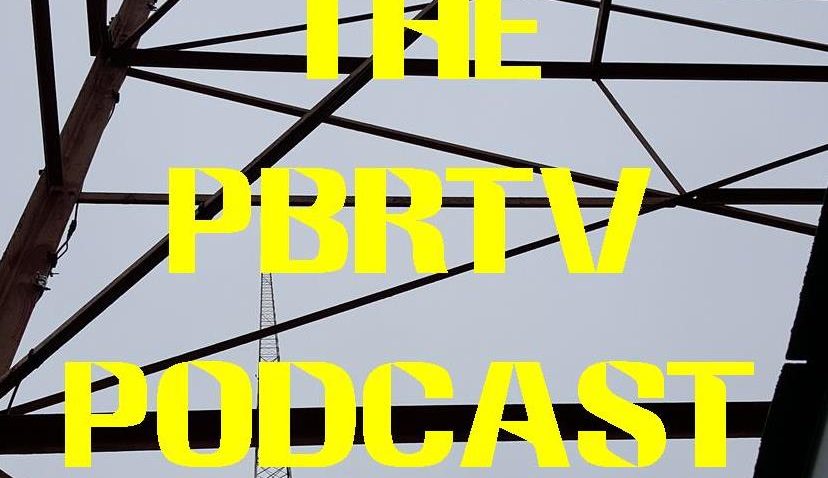Renda & Martz in a frequency tussle
May 4, 2016Scott Fybush (subscription required) and Tom Taylor report that Tim Martz’s Radio Power has applied to position an additional translator at 107.3 to carry WAMO (660 Wilkinsburg) to bring the urban format to the eastern part of the market. Where things get sticky is that 107.3 is first adjacent to Greensburg’s WHJB at 107.1 owned by Renda Broadcasting subsidiary, St. Pier Group. Renda filed a petition against the translator while Martz argues that Renda filed the complaint too late and that the new translator would not interfere with WHJB.
Martz is acquiring the translator (currently W283CB – 104.5 Jonestown) from Family Life Ministry. The proposed location for the new translator is on the WAMO/WZUM tower in Forest Hills with 250 watts of power. It would cover towns as far east as West Newton, Irwin, and Export. The new translator would complement the one already at 100.1.


I noticed that on Radio-Locator just recently, and wondered what the extra station was for, since it looked like the patterns for 100.1 and 107.3 were pretty much the same, even with the extra power, 99 as compared to 250 watts. I’ll have to look again.
My opinion is that on a modern radio it shouldn’t mean much and that the interference zone caused by the translator would be small, and only close to WAMO’s antenna. Cheaper and older analog receivers might have a larger interference zone. That’s my idea, based on FM listening and DXing, new receivers can separate analog signals one channel apart.
Boomer
That teeny little Jonestown station, does anyone know if it’s running WAMO’s feed? That must be an oddball situation if so, a Pittsburgh station in the ‘middle of nowhere’.
I’d also thought that WAMO did have a night time transmitter on AM, at very low power and far East of Pittsburgh as well, now radio-locator shows daytime only at 1400 watts.
Boomer
Unbelievable ! It was always 3rd adjacent. Today when it comes to the FCC whoever has the deepest pockets wins.
I would not like it. I am in Allegheny County, and enjoy listening to WHJB.
Martz got into a similar tussle in Michigan with a translator that interfered with
WIOT in Toledo. Eventually they were forced to turn it off.
This is just what I feared would happen with these translators; that they would try and force their way onto adjacent channels of full power FM stations. This should not be allowed to occur under any situation. The FCC should automatically stop translators from being on an adjacent channel to any fulltime station. “Shoe-horning” in these low power stations is wrong. It should not be up to the full power stations to defend themselves anytime someone want to try and put another low power signal on the air. If this continues to happen, soon the FM band will be like the AM band with stations everywhere all striving to get a signal on the air no matter what the cost or interference level they must withstand. That’s my two cents worth.
Hi Guys,
Here in the Baltimore/DC area Companies are getting these translators on frequencies used by established stations in each market.
Examples WRQX 107.3 in DC now has to contend with a traffic station in Baltimore on the same frequency!
Radio One wants to put a translator on 102.3 in Baltimore blocking their own DC station on 102.3! That’s 37 miles apart. There are more examples to numerous to mention. Log Cabin Bill is right.
I remember when contours were protected,now you will only be able to receive stations within a certain zip code unless the stations you like stream! It is ridiculous. Next lets repack the t v band—-I understand the sub channels will remain but we will all have to buy new set top tuner boxes with no coupon program.
There is no FCC really at least not like in the traditional sense.
Take Care,
Nick
If there’s such a demand, why isn’t the FM band being given more channels? Maybe before the repack, the NAB and stations could push really hard to get some space for more FM frequencies tacked on at the lower end of the band, as was done with the extended AM band from 1620-1700. It would take time going to the FCC and ITU, but lots of tuner chips could be unlocked for for frequencies down to 76 mhz.
Boomer